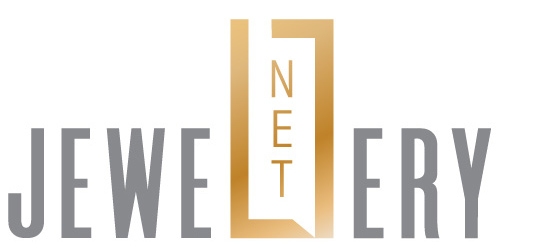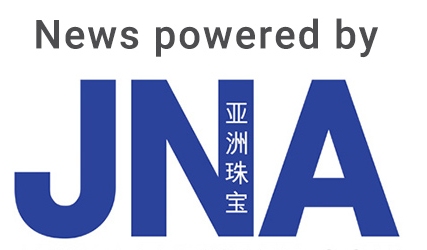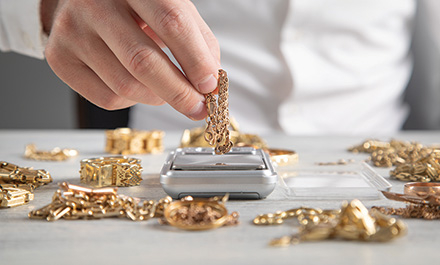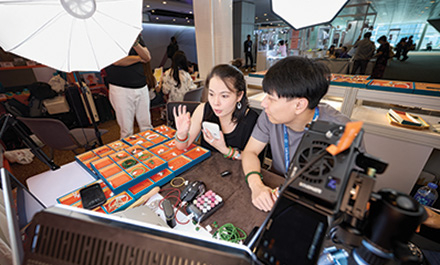Demand for gold jewellery fell sharply in the first quarter of 2025 as record-high prices made it less affordable, the World Gold Council (WGC) said.
In its Gold Demand Trends Q1 report, the council cited an overall decline in demand volume – in stark contrast to value, which recorded growth.
Gold prices hit US$3,249.70 per ounce as of May 2, 2025, according to latest WGC data.
Global volumes reached 380 tonnes during the quarter in review, down 21 per cent year on year as high gold prices adversely affected consumer affordability. Volumes reached their lowest since demand was halted by Covid in 2020, the council said.
In value terms, consumer spending rose 9 per cent year on year to US$35 billion, with virtually all markets seeing value growth except China. This suggested that consumers were prepared to stretch their budgets, explained WGC.
Gold jewellery demand in major markets China and India were down 32 per cent and 25 per cent, respectively.
China
China’s gold jewellery market was hit by a triple whammy of record gold prices, sluggish income growth and a shift towards pure gold investment products in Q1.
“Demand of 125t marked a five-year low for a first quarter – traditionally the seasonal high point for China’s gold jewellery market – at 19 per cent below the 10-year quarterly average,” noted WGC. “Demand in value terms was more resilient, down just 6 per cent year on year at US$12 billion.”
With soaring gold prices, consumers stayed on the sidelines and/or shifted to lighter-weight, more affordable items. Uncertainties were prevalent at the trade level too as retailers were cautious about stock levels ahead of the Chinese New Year.
Affordability will remain a top consideration for gold jewellery consumers moving forward especially if prices continue to increase, the report said.
Despite rising preference for pure gold investment items like bars and coins in Q1, investment motives in China could still drive gold jewellery demand, more so with expected rate cuts that could boost disposable income.
India
High gold prices also took their toll on India’s gold jewellery demand. At 71t, first-quarter figures were the lowest quarterly volume since Q3 2020. The value of demand, however, was 3 per cent higher year on year, said WGC. Consumers would either acquire smaller, more lightweight pieces or hold back on purchases altogether in the hope of buying on the dip.
“Wedding-related demand was relatively resilient, given the essential nature of such purchases. Interestingly, the record price level did not encourage a rise in recycling,” the report said. “This, in part, reflects the relative strength of the Indian economy, with little need for distress selling.”
Also, more buyers traded in old jewellery for new pieces and by the end of the quarter, around 40 to 45 per cent of purchases were reportedly involving some form of exchange. The recent growing trend in gold loans where gold jewellery is pledged as collateral also persisted in Q1.
“Needs-based purchases – such as those for festivals and weddings – will likely hold up, but may not offset the drop in discretionary buying,” added WGC. “Amid broader financial market turmoil and uncertainty, gold's role as a store of value is becoming more pronounced, and this is reflected in consumer behaviour as buyers shift from consumption-driven purchases to wealth preservation.”










